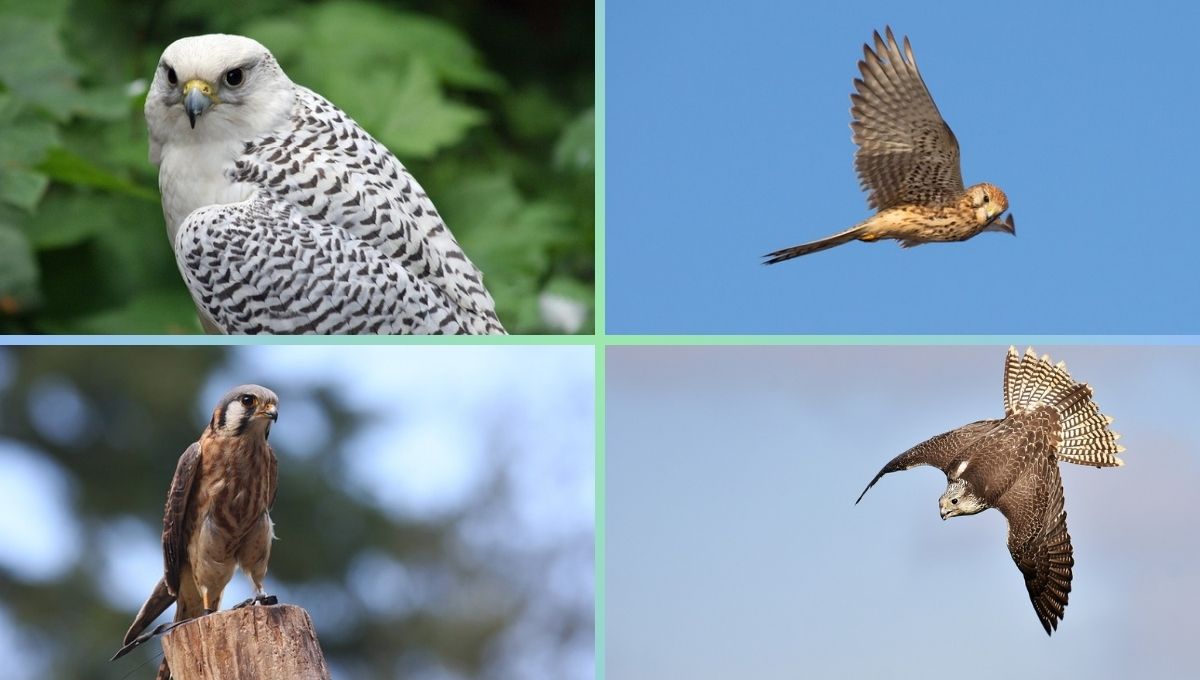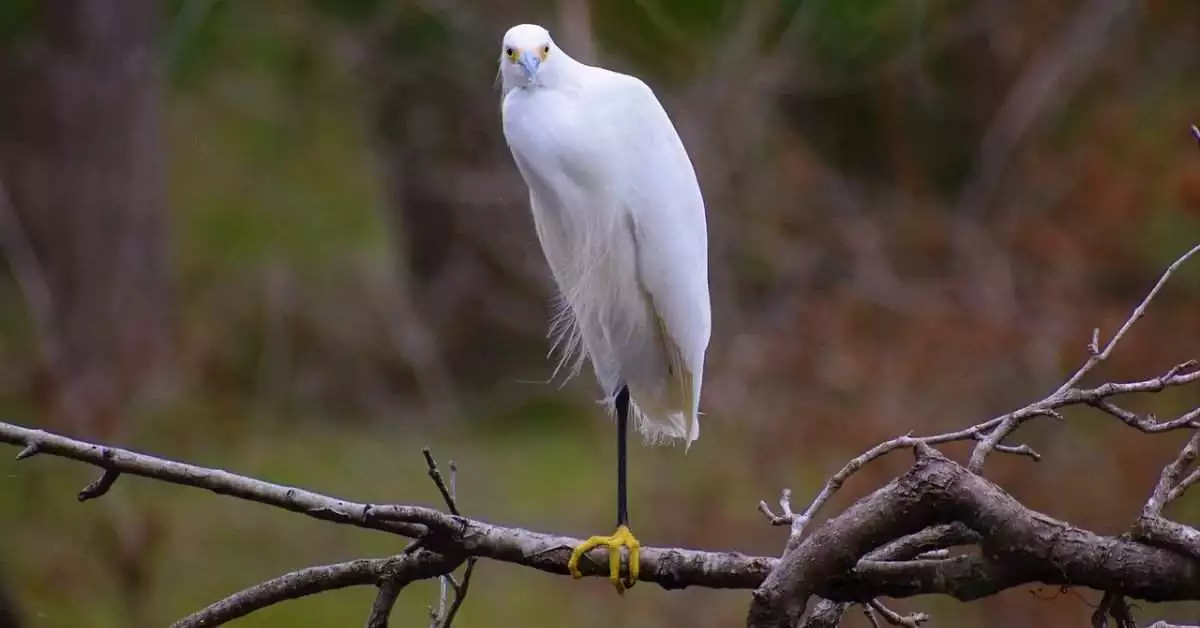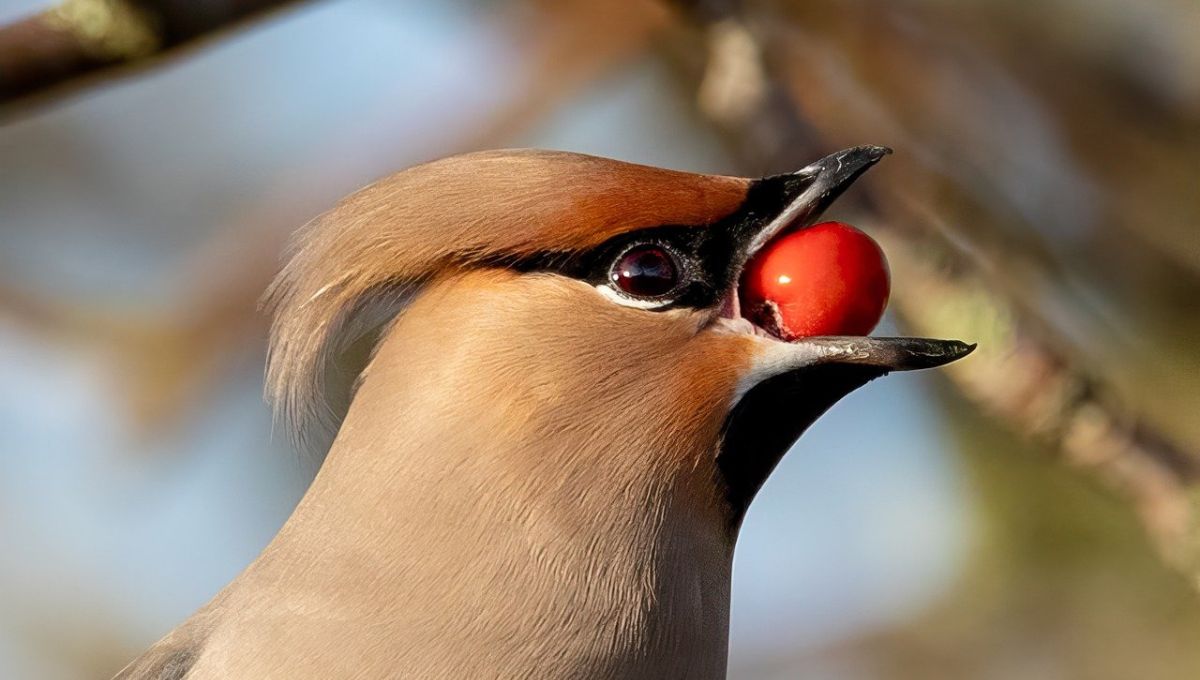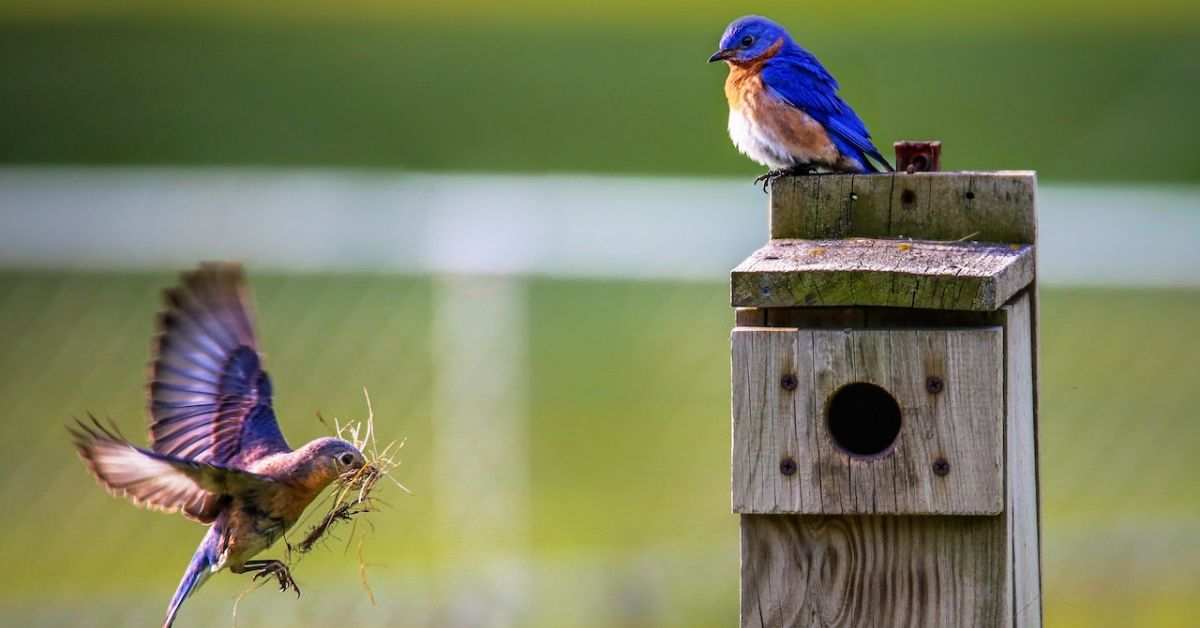Aardvarks are fascinating creatures that inhabit many parts of Africa. They are known for their unique appearance, nocturnal behavior, and specialized diet.
In this article, we will explore the physical characteristics, habitat and distribution, behavior and diet, conservation status and threats, and cultural significance of aardvarks.
Physical Characteristics
Aardvarks are medium-sized mammals that are about 2 meters long, including their tail. They weigh between 40-65 kg, and have a stocky, robust body covered with a coarse, yellowish-brown fur.
They have a long, pig-like snout that is specialized for sniffing out ants and termites, and their long, sticky tongue helps them to catch their prey.
Aardvarks also have large, erect ears that help them detect predators, and they have strong legs with four toes on each foot that are equipped with powerful claws.
Their toes are specially adapted for digging, which helps them to excavate burrows where they can rest during the day.
Aardvarks Facts
Aardvarks are medium-sized mammals that are native to Africa.
They are nocturnal and spend most of their time foraging for ants and termites.
Aardvarks have a long, pig-like snout that is specialized for detecting and catching insects.
They have a sticky tongue that can be up to 30 cm long, which helps them to catch their prey.
Aardvarks are solitary animals and do not form social groups.
They are excellent diggers and can excavate burrows that are up to 10 meters long.
Aardvarks have a specialized digestive system that allows them to digest large amounts of insects.
They have large, erect ears that help them detect predators.
Aardvarks are not aggressive animals and will generally try to avoid conflict.
They are listed as a species of Least Concern by the IUCN, but their populations are declining due to habitat loss and other threats.
Habitat and Distribution
Habitat: Aardvarks are adaptable animals and can live in a variety of habitats, including savannas, woodlands, grasslands, and even deserts.
They prefer areas with sandy soil, which makes it easier for them to dig their burrows.
Aardvarks also require a source of water, and they are often found near rivers, streams, or other bodies of water.
They tend to avoid areas with dense vegetation, as this can make it more difficult for them to find insects to eat.
Distribution: Aardvarks are found throughout much of sub-Saharan Africa, from Senegal in the west to Ethiopia in the east, and from South Africa in the south to the Sahel region in the north.
They are absent from the dense tropical rainforests of central Africa and the arid regions of the Sahara and Kalahari deserts.
Aardvarks have a wide distribution, but they are not found in large numbers in any one area.
They tend to be most common in areas with a high density of termite mounds and ant hills, as these provide a reliable source of food.
Behavior and Diet
Aardvarks are nocturnal animals, which means they are active at night and rest during the day.
They spend most of their time foraging for food, which consists mainly of ants and termites.
They use their long snouts to detect the insects, and their powerful claws to dig into their nests.
Aardvarks also eat other insects, such as beetles and grubs, and they occasionally consume small mammals and reptiles.
They have a specialized digestive system that allows them to digest large amounts of insects, and they can consume up to 50,000 ants and termites in a single night.
Aardvarks are solitary animals, and they do not form social groups. They communicate with each other through scent marking and vocalizations, such as grunts, snorts, and hisses.
They are generally peaceful animals and do not pose a threat to humans, but they can defend themselves with their strong claws if they are threatened.
Conservation Status and Threats
Aardvarks are listed as a species of Least Concern by the International Union for Conservation of Nature (IUCN), which means that they are not considered to be at risk of extinction.
However, their populations are declining in many parts of Africa due to habitat loss, hunting, and other threats.
Aardvarks are hunted for their meat, which is considered a delicacy in some parts of Africa.
They are also killed by farmers who see them as pests, as they can damage crops and dig holes that can be dangerous for livestock.
In addition, aardvarks are vulnerable to habitat loss due to human activities such as logging, agriculture, and urbanization.
Cultural Significance
Aardvarks have played a significant role in African culture and mythology. They have been featured in numerous folk tales and stories, and they are often seen as symbols of wisdom, strength, and perseverance.
In popular culture, aardvarks have been portrayed in various ways, from the animated character “Aardvark” in the Pink Panther cartoons to the protagonist of the popular children’s book “Anteater and the Jaguar” by Raymond Briggs.
Conclusion
In conclusion, aardvarks are fascinating and unique animals that are native to Africa.
They are well adapted to their environment, with specialized features such as a long, sticky tongue for catching insects, large ears for detecting predators, and powerful digging claws for excavating burrows.
Aardvarks are also important ecosystem engineers, as their burrows provide shelter for a variety of other animals.
However, aardvarks face several threats to their survival, including habitat loss, hunting, and human-wildlife conflict.
As human populations continue to expand into aardvark habitat, it is important that we take steps to protect these animals and their habitats.
By raising awareness about aardvarks and their role in the ecosystem, and supporting conservation efforts, we can help ensure that these fascinating animals continue to thrive for generations to come.






